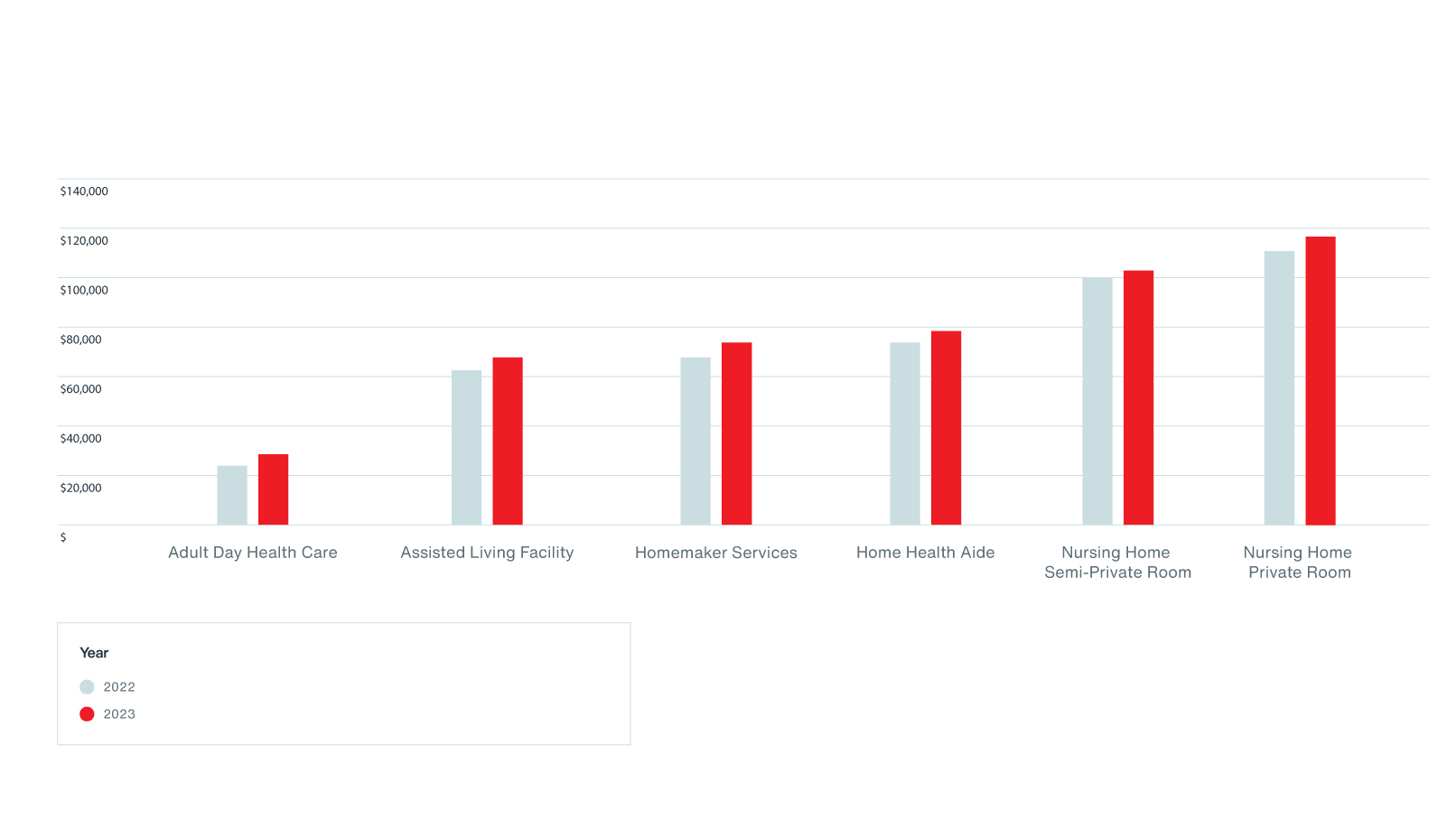With the Baby Boomer generation retiring, many employees are concerned about how they will pay for potential future
care. This is especially true of workers whose parents or older relatives are facing the prospect of paying for
long-term care (LTC) services. Since Baby Boomers are the largest generation, several issues have moved to the
forefront, including growing shortages as older nurses and care aides retire. Baby Boomers also have fewer children
to help take care of them, and those children have fewer resources with which to do so. With the average annual cost
of a stay at a nursing home at well over $100,000,1 some have suggested that the “Great Wealth Transfer”
from Baby
Boomers to Generation X and Millennials will in large part be diminished.2
Contrary to what many may assume, Medicare doesn’t generally pay for LTC services. Rather, those costs are covered by
the individual, their families and by Medicaid. However, Medicaid’s strict asset limits, claw-back provisions and
limited options mean it is no panacea. That leaves seniors and their families on the hook for the cost of care. How
can employers help their employees plan for their future?























































































































































































